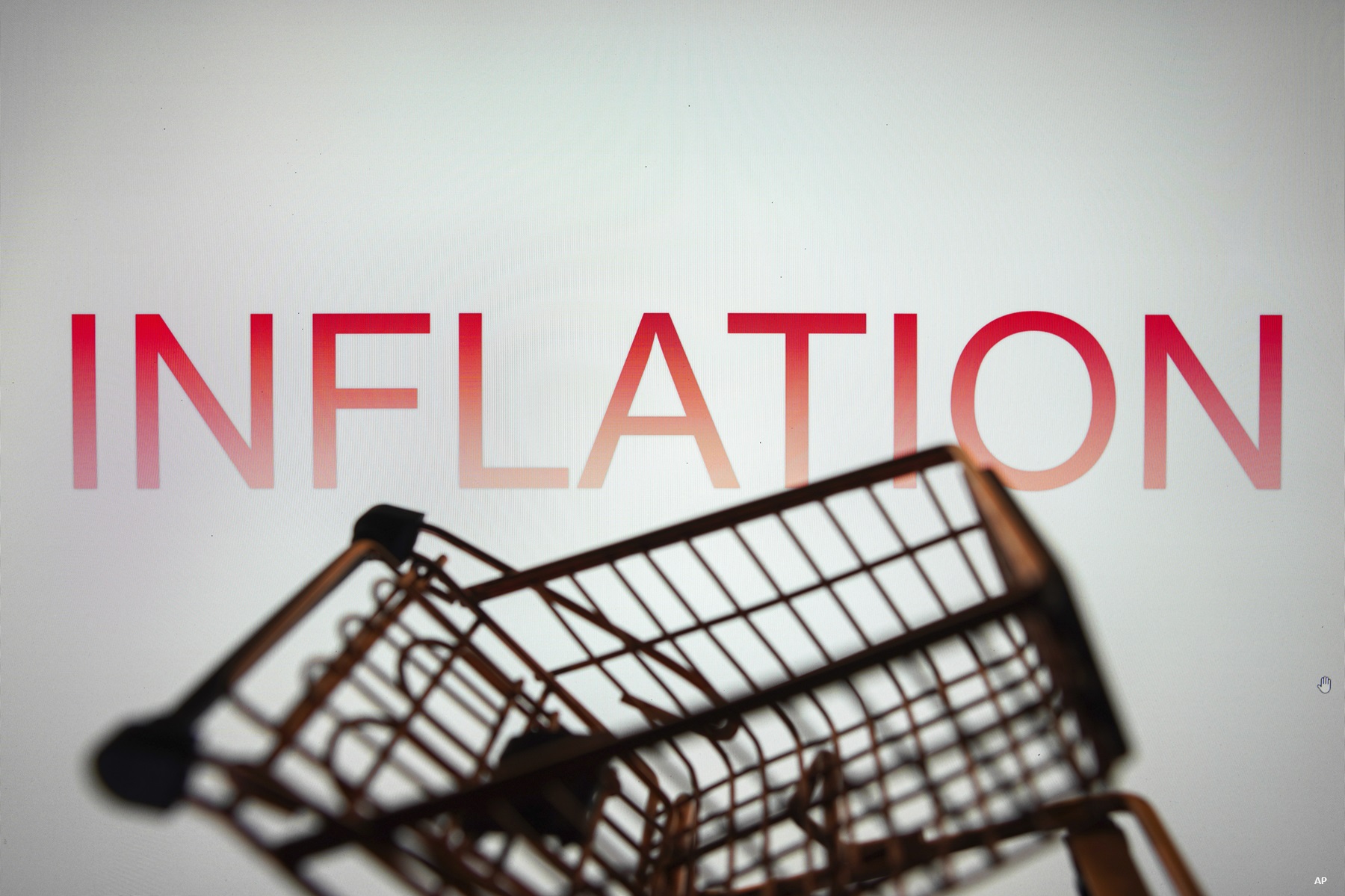
You enter the grocery store and, there you go, those oranges are about twice the price you paid only a few years ago. And that ground beef, well it’s gone up at least 50%. Oh, and that car you’ve been shopping for, out of this world: at least 35% higher! Forget gas: up and down, up and down, but mostly up. And look, municipal taxes are up 60% while neighbours around you sold their houses about 80% above the price they would have fetched before Covid. You hope to forget these inflationary worries at the restaurant, but the bill has gone up 50% - they even ask for 25%+ tips on the card-paying device.
Amid all those prices, the evening news tells you that the CPI index, according to the Bank of Canada, has dropped to 2.9% on a yearly basis, and the difference between this month and last is +0.2%. Meanwhile, the official inflation total over the last three years is around 14% since January 2021. That’s only 3.41% in 2021, 6.8% in 2022, and 3.4% in 2023.
Now, if you’re not somewhat confused, here’s an additional piece of information that could rattle you: the National Bank of Canada (NA) considers that, once you take out higher mortgage rates and rents, real inflation stands at 1.4%, already well below the Bank of Canada’s target inflation rate of 2%.
Have consumers lost touch with reality, or have economists left earthly orbit?
Economists Are Right and Consumers Aren’t Wrong
For the specialists Morningstar has interviewed, the official numbers are right – but consumers are not necessarily wrong. “On one side you have economics, on the other, psychology,” wraps up Mathieu Arseneau, deputy chief economist at National Bank of Canada.
And, as psychology establishes, perception can play tricks on you. “Over the past several years, we’ve seen a cumulative of prices increasing, says Thomas Torgerson, Managing director of global sovereign ratings at Morningstar DBRS. “People remember where prices were a few years ago and it’s that accumulation that presses on their minds and inspires their view about the direction of the economy.”
There is indeed an accumulation, and that creates a general impression of much higher prices. For example, people don’t go out to buy a house every week as they go to buy groceries. But the much higher price of homes coalesces with that higher price of meat and vegetables and the price at the pump that has just jumped by 8%.
“Some prices are very salient for people, like food and gas, because you buy them regularly,” points out Bill Robson, president and CEO of the C.D. Howe Institute, an organization that tries to stay close to the economic reality of everyman. Other purchases, like clothes and cars, are more far apart in time. “It’s the price that they paid at that time that stays in people’s minds, and most people have prices that go back a number of years. They’re just not updating them on a regular basis.” Or, as Torgerson puts it, “consumers don’t consult the statistical releases to make up their idea.”
There is a flip side to inflation that people probably neglect: higher revenues. “I have the impression that people underestimate the increase in their revenues," Arseneau suggests. "Their loss of purchasing power is probably less than what they perceive, though there has been some loss of purchasing power because wages have not completely kept pace.”
How Do We Measure Inflation?
It’s hard to question the veracity of the statistical readings because they embrace large swaths of data. The U.S. Bureau of Labor Statistics gives an idea of the breadth of data collection. About 94,000 prices of commodities and services are collected every month to compute the CPI indices, two-thirds being taken by personal visits to brick-and-mortar stores, the last third collected through phone calls and visits to outlet websites. For housing, the survey collects each month about 8,000 rental housing unit quotes; for homeowners, it calculates an “equivalent rent” that homeowners would pay if they rented their unit (that implies an “interpretation” that can be open to question).
This data is then distributed in “baskets” which try to represent the share each expense occupies in a household’s budget. Presently, in Canada, shelter is the heaviest basket, holding 30% of the total CPI. That’s followed by the food basket (16.2%), the household operations, furnishings and equipment basket (16%), the recreation and education basket (9.4%).
Canadian Inflation Figures Evolve to Reflect the Times
The CPI is a constantly evolving creature. For example, DVD rentals, which occupied a respectable portion of the “recreation” basket have been eliminated. The Internet has now taken its place. Lo and behold, according to Statistics Canada, cell phone prices decreased by 26.5% from February 2023 to February 2024, while Internet services went down 13.2% (did you get that deal?).
With all the numbers involved, one could think that the CPI is a hard, rational and quantitative index. Far from it. Sure, countless prices are collected at cash registers, but many others are arrived at by modelling and tweaked according to “expert judgment”, like the “equivalent rent” highlighted earlier. Another example: if the price of beef moves up drastically, must one assume that people will opt for pork? And how many will do so?
Discrepancies like that help to explain why people perceive that real inflation is higher than what the CPI reports. Some consumer items, especially in services, can show steep increases, for example, the price of a haircut or a plane ticket. People remember some items specifically because an increase surprises them, but is it a significant piece of the CPI basket?
Can We Improve Canadian Inflation Accuracy?
“We could improve CPI, there’s a vast literature on the subject,” Robson agrees, while adding: “You can quibble about one aspect or the other of CPI calculations, but in the end, they are closely correlated. Even with a reweighting, you would still get essentially the same reading.”
Maybe there should be a generational factor in calculating the inflation rate. For an ageing couple that sells their house for $850,000 and buys another at $650,000, house price inflation is a non-issue. But the same can’t be said about a young couple that can’t afford their first house, something that they could have before Covid. In their case, they’ve been inflated out of the housing market.
In this respect, a small piece of news reported by Arseneau is probably revealing. The most recent World Happiness Report ranks Canada as the 15th happiest country among 60 in the world. “But for the first time, the index establishes a ranking by age group,” Arseneau points out, “and Canadians under age 30 form a cohort that falls to the 58th rank.”



















